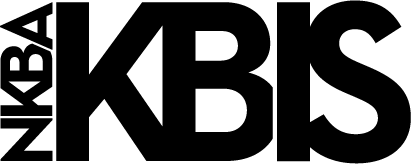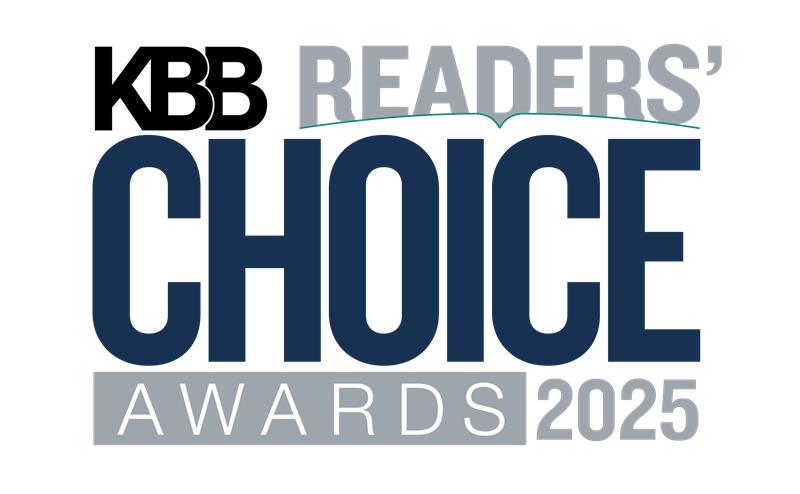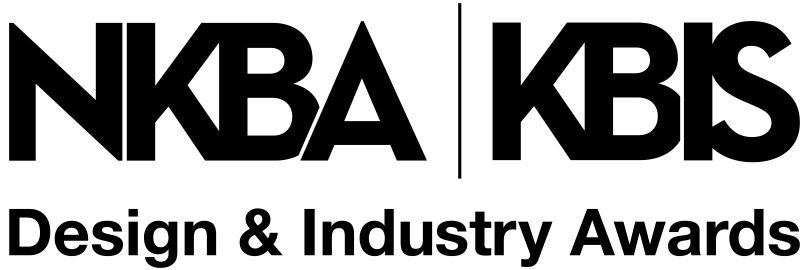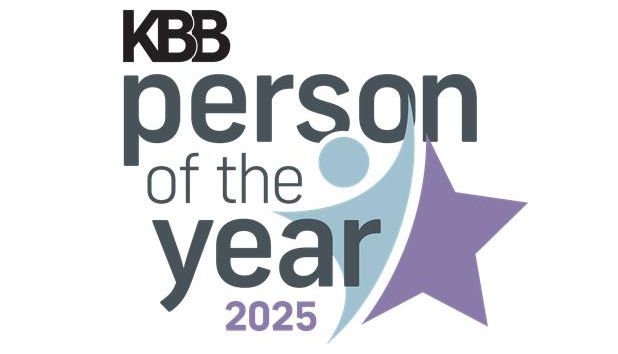Although today’s homeowners are interested in saving money, they are also educated enough to understand the importance of saving resources, especially when it comes to their appliances. In fact, according to Stephanie Hutaff, senior product manager at Bosch Home Appliances, efficiency features have become a top consideration for homeowners when purchasing water- and energy-using appliances such as the dishwasher.And thanks to technological advancements and savvy engineering, the latest models are finding ways to clean better without sacrificing performance.
SOAKING UP SAVINGS
Across the board, today’s dishwashers are substantially more efficient than those built 10 to 20 years ago. Pre-1994 dishwashers use more than 10 gallons of water per cycle, whereas some Energy Star-rated models currently on the market require less than three gallons of water. Even non-Energy Star models are about 85 percent more energy-efficient than dishwashers built 20 years ago.
Alethea Swiecicki, cleaning category senior product manager at Whirlpool, attributes a lot of those savings to multistage filtration systems that minimize flow restrictions and allow more water to directly reach the dishes. “The system also uses less process water, which allows it to use less water overall,” Swiecicki explained. “Because there is less water to heat, less energy is required.” Alternating spray arms and improved wash systems have also helped reduce water usage. Don Prevette, VP of marketing at ASKO Appliances, noted the latest version of the company’s Super Cleaning System, for example, employs short pulses of water to clean filters, whereas older-generation systems circulated a steady stream of water onto the filter surfaces for cleaning.
Sensor technology has allowed manufacturers to increase efficiency, but more importantly, has improved cleaning performance. “The same control systems that help save energy also guarantee clean dishes by monitoring the soil and impurity levels in the water, which will tune the cycle fills and rinses for even highly soiled dinnerware,” said Kyle Perkinson, product line manager of dish care at Electrolux.
But is there a point where water and energy savings can compromise performance? Yes, according to Leo Steinys, a product manager at Kenmore: “If you have to run your dishwasher twice to get dishes clean…then we’re really not saving any water or electricity.” To meet cleaning expectations, Steinys noted most super-efficient models have slightly longer cycle times. Energy Star also plans to add a cleaning standard by 2014 to ensure that quality isn’t sacrificed as manufacturers continue to push the efficiency envelope.
Quiet Trends
In addition to saving energy, improved filtration systems are helping reduce noise since they no longer require motors to grind up food soils. In fact, many of today’s dishwasher models are so quiet that manufacturers are adding LED indicators to alert consumers when wash loads are complete.
But operation isn’t the only way dishwashers are “turning down the volume.” Handles are becoming more inconspicuous, and consoles are getting sleeker—some measuring as small as 2 in. Integrated control panels are trickling down to mid-range models, and touch-screen displays are starting to appear on some premium models to make interfaces more intuitive.
Stainless steel continues to be the top consumer request, prompting more manufacturers to add it to interiors as well. Jason Silverstein, design manager at Kenmore, doesn’t see the stainless trend slowing down, but does anticipate a resurgence of white appliances in the near future. “White has become pretty popular in kitchen remodels and cabinetry,” he said. “I wouldn’t be surprised if we started to see an uptick in white sales not only for appliances, but especially dishwashers.”
At a time when technology seems to be advancing faster than we can scrape our dinner plates, a little nostalgia might be refreshing. That is, as long as we don’t take the “green” trend literally.









